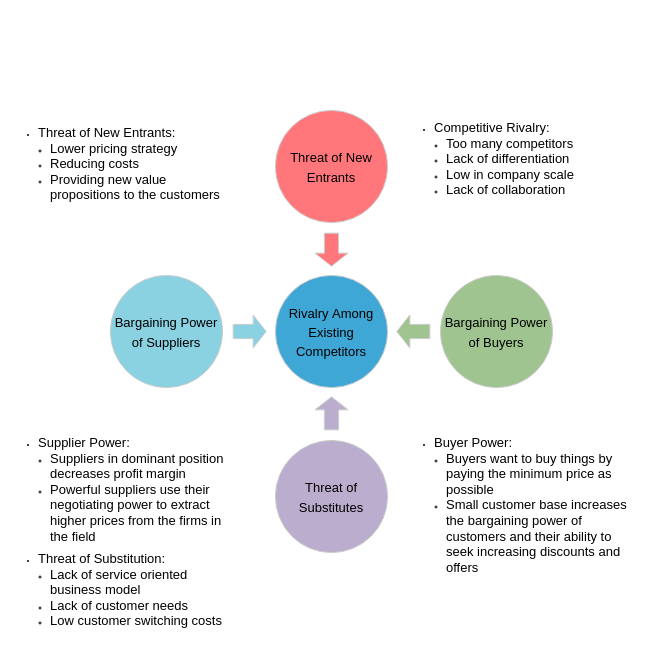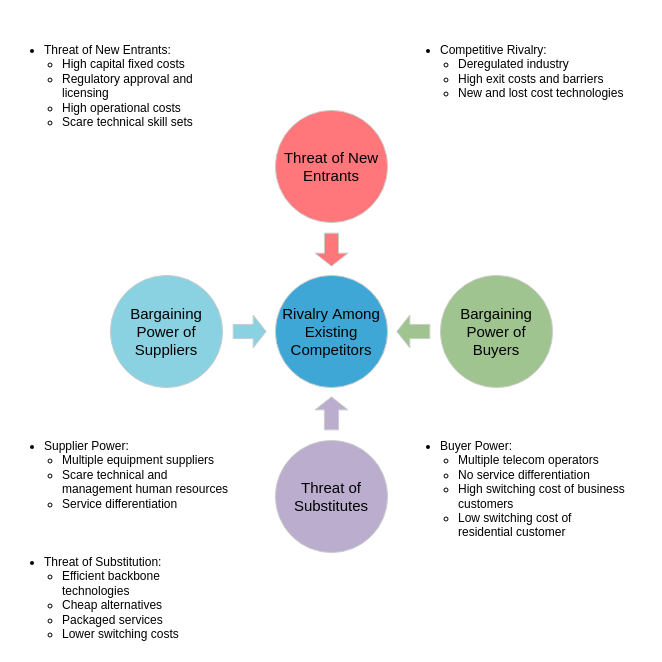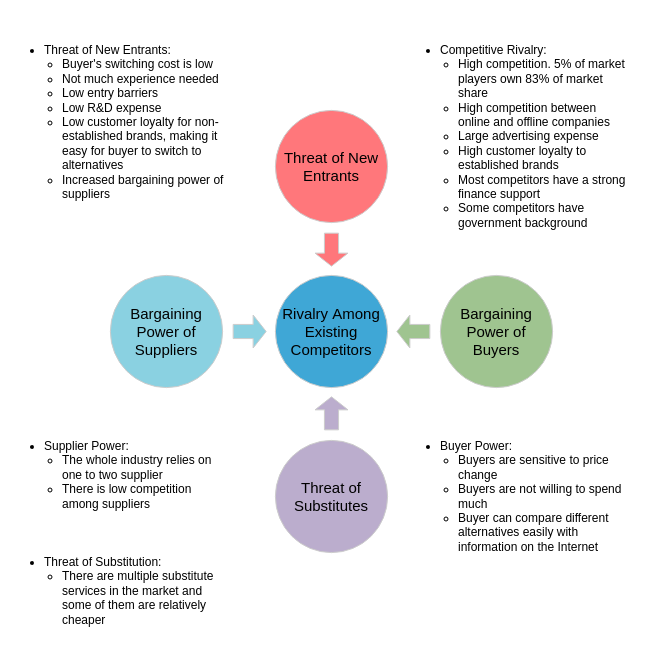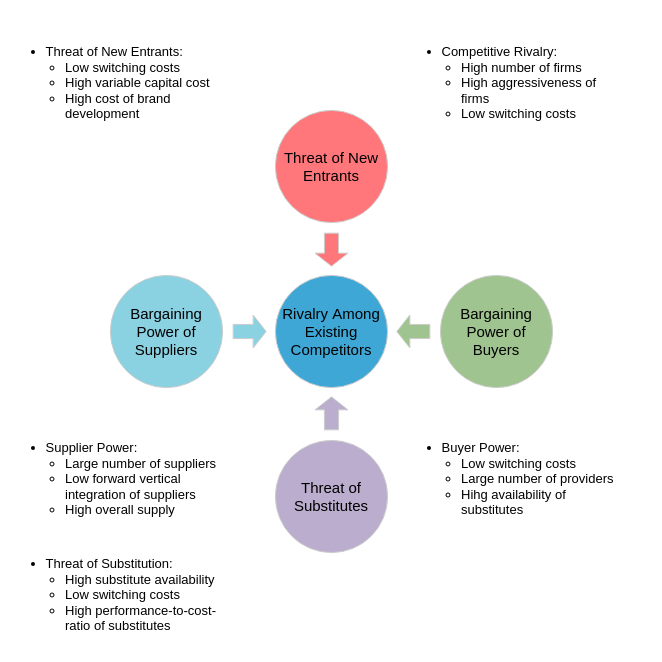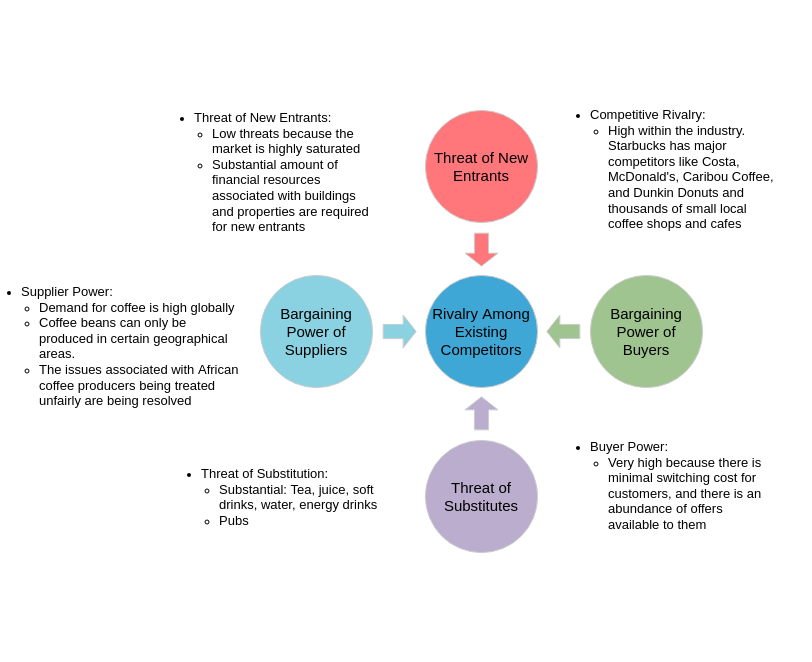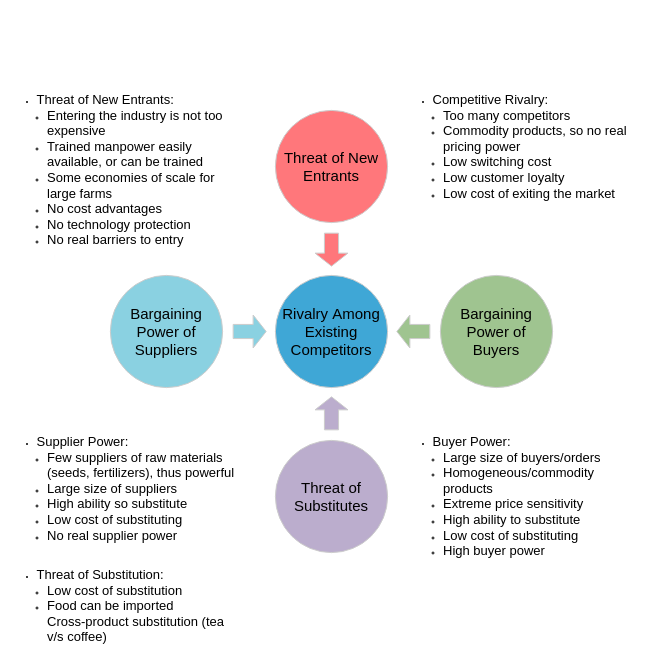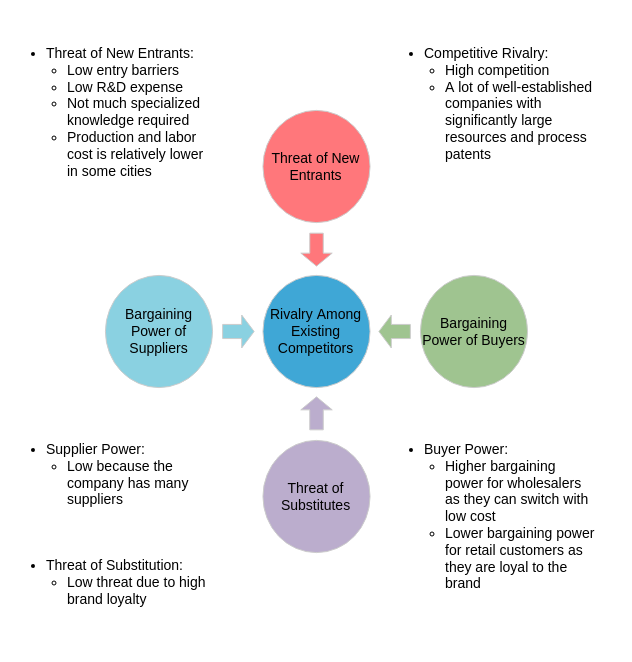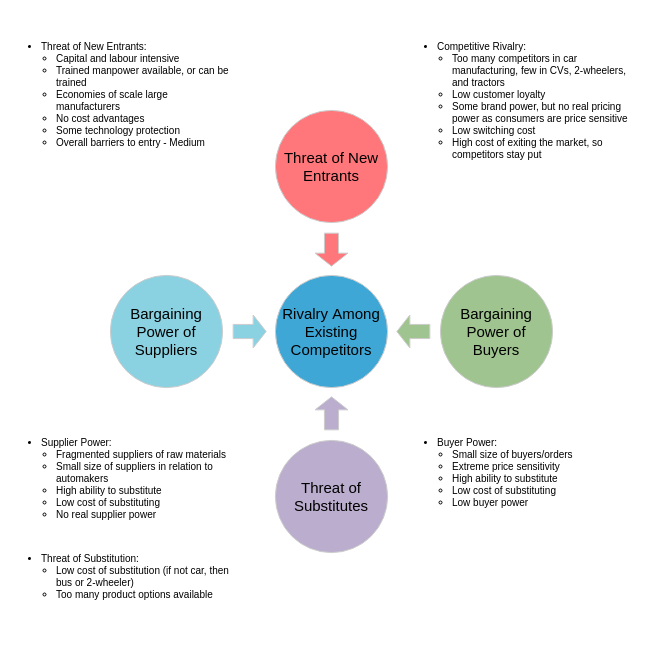What is Five Forces Analysis?
Five Forces Analysis is a strategic management tool developed by Michael Porter to assess the competitiveness and attractiveness of an industry. It examines five key forces that shape competition within an industry: the bargaining power of suppliers, the bargaining power of buyers, the threat of new entrants, the threat of substitute products or services, and the intensity of competitive rivalry.
Why is Five Forces Analysis important?
This analysis provides a comprehensive understanding of the industry’s competitive landscape, enabling businesses to make informed strategic decisions. By identifying the key forces at play, companies can develop effective strategies to navigate the industry, capitalize on opportunities, and mitigate risks.
When to Use Five Forces Analysis?
Five Forces Analysis is particularly useful when:
- Entering a new industry or market
- Evaluating the potential profitability and growth prospects of an industry
- Assessing the impact of changes in the industry, such as technological advancements or regulatory shifts
- Developing or refining a company’s competitive strategy
How to Conduct Five Forces Analysis?
- Bargaining Power of Suppliers: Examine the number of suppliers, their size and concentration, the uniqueness of their products or services, and the availability of substitute inputs.
Example: In the e-commerce industry, the large number of suppliers for products and logistics services gives them lower bargaining power. - Bargaining Power of Buyers: Evaluate the number of buyers, their size and concentration, the availability of substitute products or platforms, and the buyer’s price sensitivity.
Example: The large number of buyers in the e-commerce industry, including individual consumers and businesses, gives them significant bargaining power. - Threat of New Entrants: Assess the barriers to entry, such as the need for technology infrastructure, strong logistics capabilities, and brand loyalty among online shoppers.
Example: Moderate barriers to entry due to the need for technology infrastructure and strong logistics capabilities pose a threat of new entrants in the e-commerce industry. - Threat of Substitutes: Identify the availability of substitute products or services, such as physical retail stores and direct sales from manufacturers, and the price-performance trade-offs between different e-commerce platforms and sellers.
Example: The availability of substitutes like physical retail stores and direct sales from manufacturers poses a threat of substitutes in the e-commerce industry. - Intensity of Competitive Rivalry: Examine the number of competitors, their size and market shares, the rate of industry growth, and the level of product differentiation.
Example: The high number of competitors in the e-commerce industry, including major online marketplaces and niche retailers, along with the high industry growth rate and increasing consumer preference for online shopping, contribute to the intensity of competitive rivalry.
By thoroughly analyzing these five forces, businesses in the e-commerce industry can develop effective strategies to navigate the competitive landscape, capitalize on opportunities, and mitigate risks.
Case Study: E-commerce Giant’s Strategic Decisions
The following diagram presents a Five Forces Analysis for the e-commerce industry. It identifies the five key forces that shape competition in this industry:

- Bargaining Power of Suppliers: The large number of suppliers for products and logistics services, as well as the unique resources like efficient supply chain management and fulfillment capabilities, give suppliers moderate bargaining power.
- Threat of Substitutes: The availability of substitutes such as brick-and-mortar retail stores and direct sales from manufacturers poses a threat to e-commerce companies.
- Threat of New Entrants: Moderate barriers to entry due to the need for technology infrastructure and strong logistics capabilities create a threat of new entrants in the e-commerce industry.
- Bargaining Power of Buyers: The large number of buyers, including individual consumers and businesses, gives them significant bargaining power in the e-commerce market.
- Intensity of Competitive Rivalry: The high number of competitors, including major online marketplaces and niche retailers, coupled with the industry’s high growth rate and increasing consumer preference for online shopping, contribute to the intensity of competitive rivalry.
Diagramming Tool
To effectively visualize and communicate the complex relationships between the various forces shaping the e-commerce industry, E-commerce Giant has found the Visual Paradigm Online diagramming tool to be the ultimate solution. Visual Paradigm Online offers a comprehensive suite of features that enable users to seamlessly create, collaborate, and share stunning diagrams and models.
Some of the key benefits that have made Visual Paradigm Online the preferred choice for E-commerce Giant include:
- Intuitive and user-friendly interface: The drag-and-drop functionality and extensive symbol libraries make it easy for users to quickly create professional-looking diagrams, even without prior design experience.
- Collaborative features: The real-time collaboration capabilities allow team members to work together on the same diagram simultaneously, fostering effective communication and decision-making.
- Seamless integration: Visual Paradigm Online integrates with a wide range of business tools and platforms, enabling seamless data exchange and a streamlined diagramming workflow.
- Responsive design: The tool’s responsive design ensures that diagrams and models are optimized for viewing across various devices, from desktops to mobile devices, providing flexibility and accessibility.
- Cloud-based accessibility: As a cloud-based solution, Visual Paradigm Online allows E-commerce Giant’s team to access their diagrams and collaborate from anywhere, improving productivity and efficiency.
By leveraging the powerful features of Visual Paradigm Online, E-commerce Giant has been able to effectively visualize and communicate the Five Forces Analysis, leading to informed strategic decisions and a stronger competitive position in the dynamic e-commerce industry.
Conclusion:
The Five Forces Analysis has provided valuable insights into the competitive dynamics of the e-commerce industry. By thoroughly examining the bargaining power of suppliers and buyers, the threat of new entrants and substitutes, as well as the intensity of competitive rivalry, E-commerce Giant has been able to formulate and execute strategic decisions that have contributed to its continued success.
5 Forces Analysis Templates
